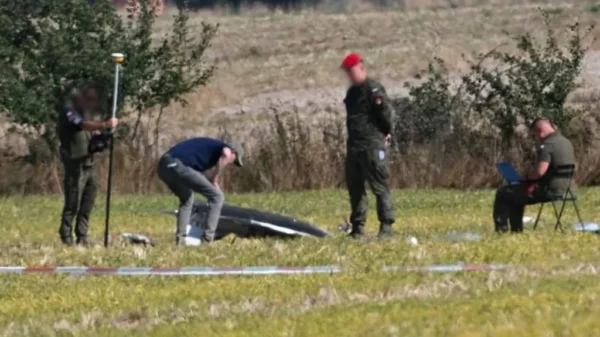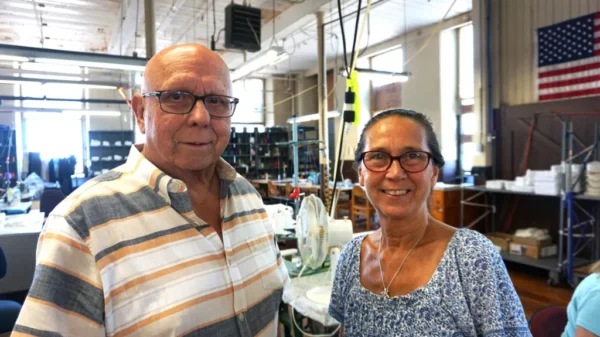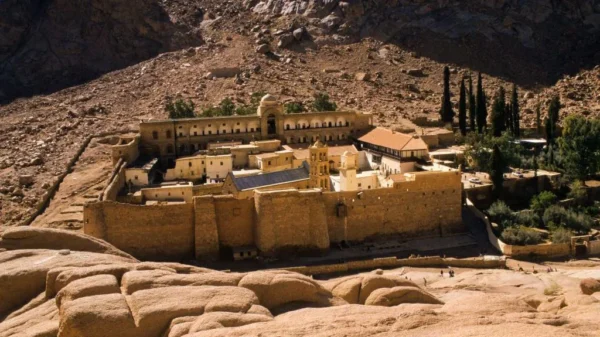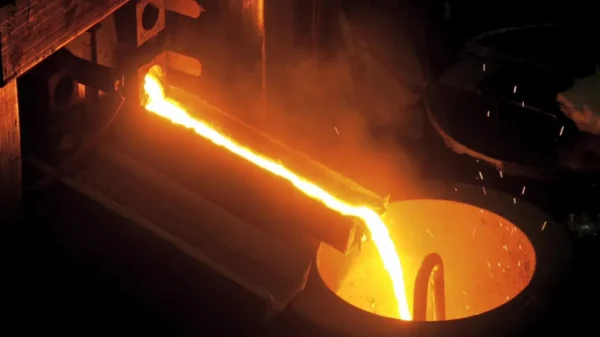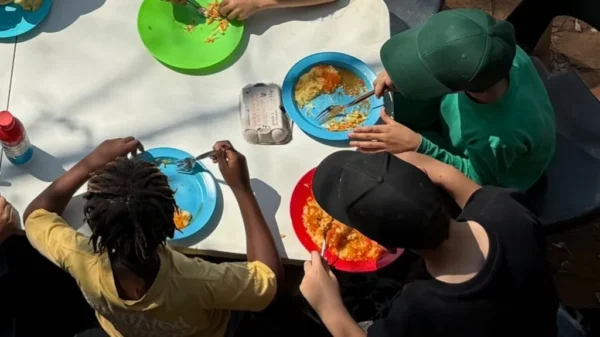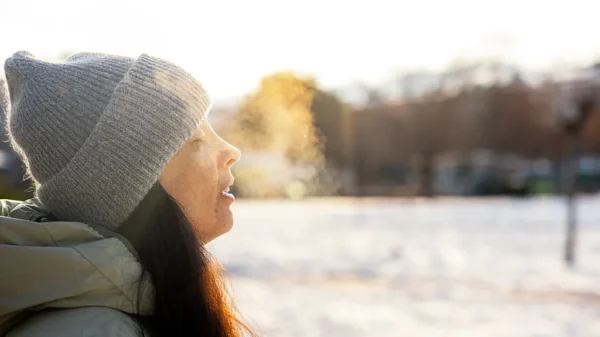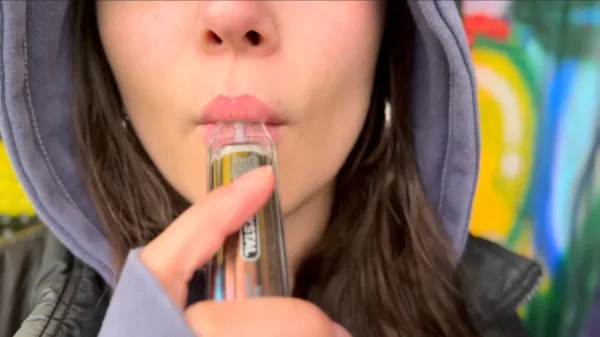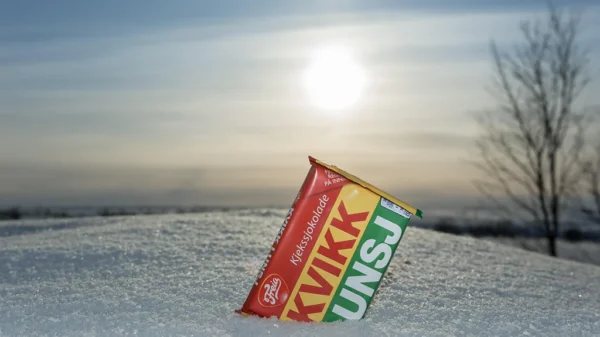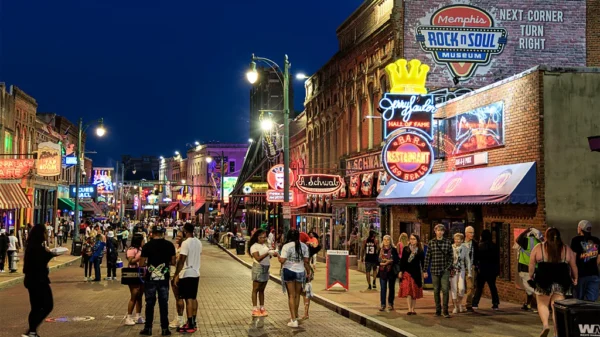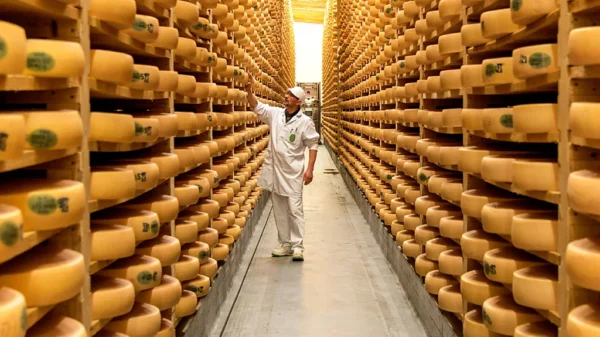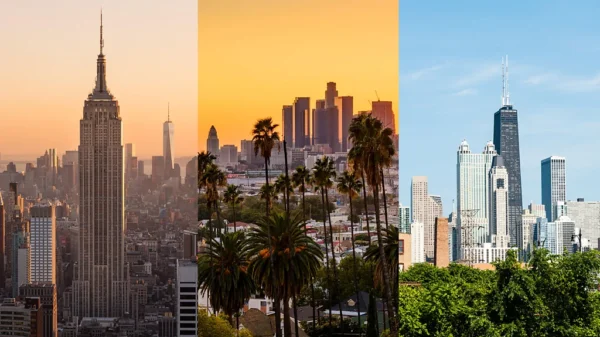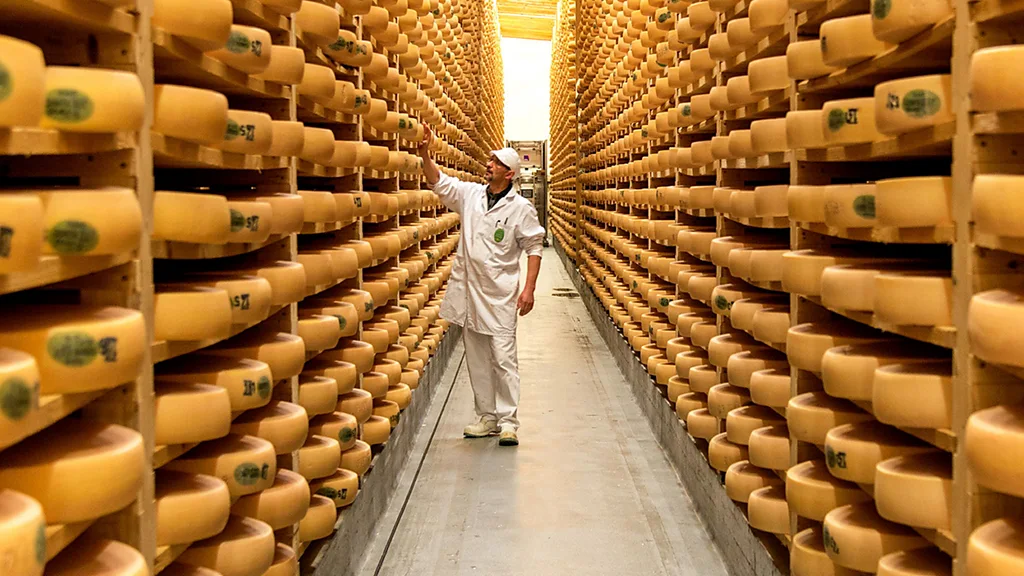From Paris’s newly opened cheese museum to ageing caves in the Jura and sheep pastures in Corsica, travellers are discovering that cheese can be a guidebook through landscapes, traditions and histories they might otherwise miss.
In France, terroir is more than a word; it’s a way of seeing the world. Long associated with wine, the concept that geography, climate, soil and human skill shape flavour is just as true for another French icon: cheese. And while the French have always known this, a growing number of travellers are discovering the country – and its culture – one wheel at a time.
Last spring, Paris opened the Musée Vivante du Fromage, joining dozens of attractions across the country dedicated to cheese, from ageing caves and cheese museums to visitor centres and tasting tours. There are regional Route de Fromage trails to follow, producers to meet and pastures to walk through – each offering a deeper understanding of how place shapes flavour. The appetite for food-focussed travel is only set to grow: Future Market Insights predicts that the market for culinary experiences in France will rise by nearly 16% over the next decade.
The new museum, a short stroll from the newly restored Notre-Dame Cathedral, is small but rich in scope. Exhibits in both English and French explain how cheeses are made, the people and traditions behind them and the science of ageing and flavour. Interactive screens encourage deeper exploration, while the shop counter offers a veritable “Tour de France” of cheeses. It all unfolds to an atmospheric soundtrack of cowbells, as if the meadows themselves were just outside.
Museum manager Guillaume Gaubert says the trend started with the French themselves. “We’ve noticed that a section of the population is less interested these days in going to the Bahamas, for example, and more inclined to take nature-based holidays in France, to discover the local terroirs,” he explained. “The French are really attached to their land. The cheese connects them to their terroir – so the Alsatian wants his Munster, the Norman his Camembert, the Basque his Ossau-Iraty. And the Savoyard? His Beaufort.”
It’s not only the French. Cheese expert and tour leader Jennifer Greco, who has lived in France for 20 years, says she’s seeing more international visitors curious about cheese. “During Covid, everyone was hunkered down at home eating comfort food but then they started thinking, ‘I’d like to know more about this – what is this cheese I’m eating?’” she said.
On her tours with Paris by Mouth, Greco explains how milk from goats grazing on grasses and clover in the Loire will taste different than that from goats eating herbs in the South of France. “People do start to see France in a new light,” she said.
Paris by Mouth founder Meg Zimbeck has seen demand soar, leading the company to double its number of cheese tours. “Cheese is such a rich and complex subject, and to go deeper required more time and, well, more cheese. So I created a format that lasted three hours and included 10 cheeses. I figured that only true cheese geeks would want to devote this amount of time and belly space to the subject, but our intensive cheese tour immediately became one of our most popular offerings.”
Getting out of Paris offers even deeper immersion. In the Jura mountains in eastern France, La Maison du Comté in the small town of Poligny reveals how 400 litres of milk are required to produce a single wheel of Comté cheese – and how the cows’ diverse diet of 30 plants shapes its flavour. Visitor numbers have quadrupled since 2019, helped in part by moving to a new building in 2021.
The Maison du Comté is part of a wider network of regional attractions, including fruitières – a kind of community cooperative – and ageing cellars. Le Fort Saint-Antoine, a 19th-Century military barracks that ages 100,000 wheels of cheese in its stone cellars is nicknamed the “cathedral of Comté”. Here, affineurs – master agers – tap each wheel with a small hammer to judge its quality, a skill that astonishes travellers. This site too, has seen interest grow, with numbers rising from 23,000 in 2019 to more than 35,000 last year.
“Visitors don’t just come now to taste a product,” said a spokesperson for the cheese’s governing organisation, Le Comité Interprofessionnel de Gestion du Comté. “They want to understand its origins, to meet its artisans and to immerse themselves in the living heritage of the area.”
Even France’s most playful cheese story draws travellers. In the nearby town of Lons-le-Saunier, La Maison de la Vache Qui Rit (Laughing Cow Museum) tells how the world-famous soft cheese started with a family producing Comté. By the 1920s, developments in manufacturing machinery increased production of cheese-filled foil triangles tenfold, and 20th-Century advertising turned it into a global childhood icon.
While cheese experiences can be found in most regions of France, its mountain ranges are especially rich in cheese-making heritage – and demonstrate how each terroir differs. In the Soulzon valley in the southern part of the Massif Central, France’s volcanic heart, a visit to Roquefort Société reveals how natural fissures created millions years ago channel cold, damp drafts in caves, making them perfect for ageing Roquefort. Tasting the salty, creamy cheese at the end of the tour, I was able to appreciate it in a whole new light.
In Corsica, meanwhile, the food trail Route des Sens Authentiques leads to dozens of island producers offering charcuterie, wine and the much-loved local brocciu cheese. Deep in the mountains near Corte, I shared a glass of wine with a sheep farmer and producer as he told me about life in the heart of the island.
For those less confident about travelling alone, there are guided options. Anna Juhl set up her travel company Cheese Journeys 12 years ago after owning an artisanal cheese shop in Utah. Her aim: to help small groups of people learn more about cheese and the landscape, culture and people involved in creating it.
“When you realise some families have been making cheese for 500 years, or that the cheese has been made in a place for 1,000 years, it puts it in context of history,” said Juhl. “It tells you so much about how these people lived [before] refrigeration. You see how these families sustained themselves.”
She added: “I could see people had a strong desire to understand France through its cheese. Now, I’m delighted so many more are looking to understand its terroir and to meet its producers as a way of having a much deeper travel experience.”
Sourse: BBC






